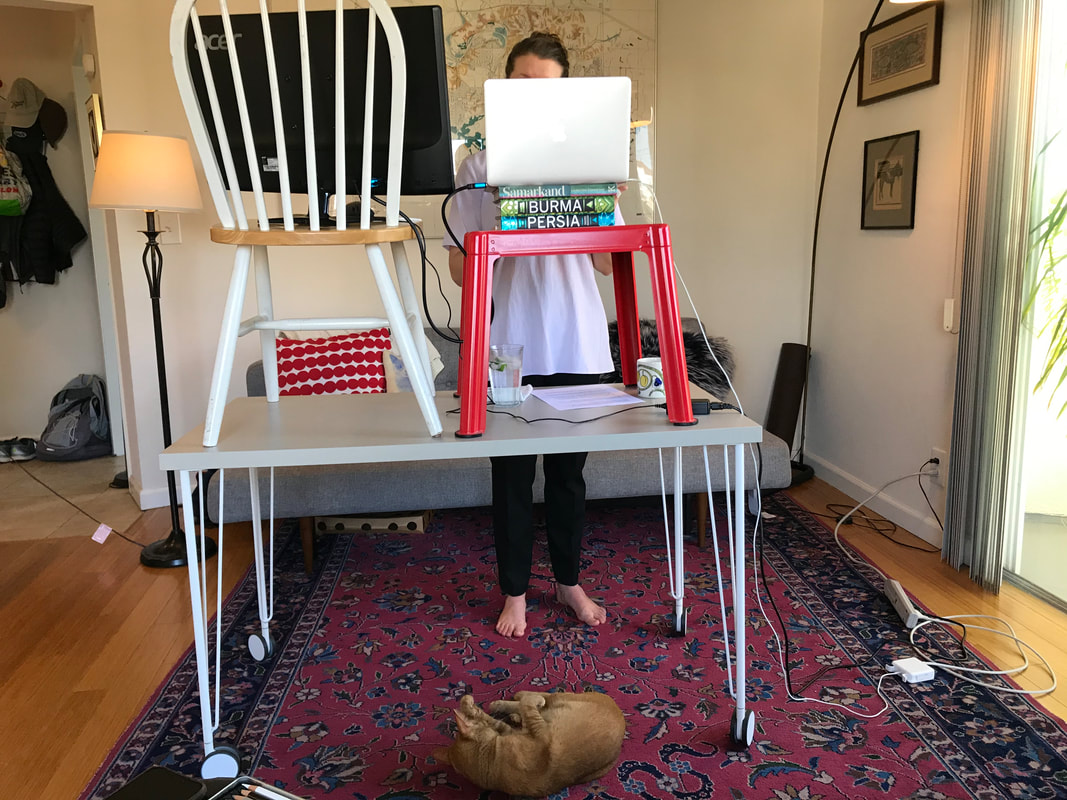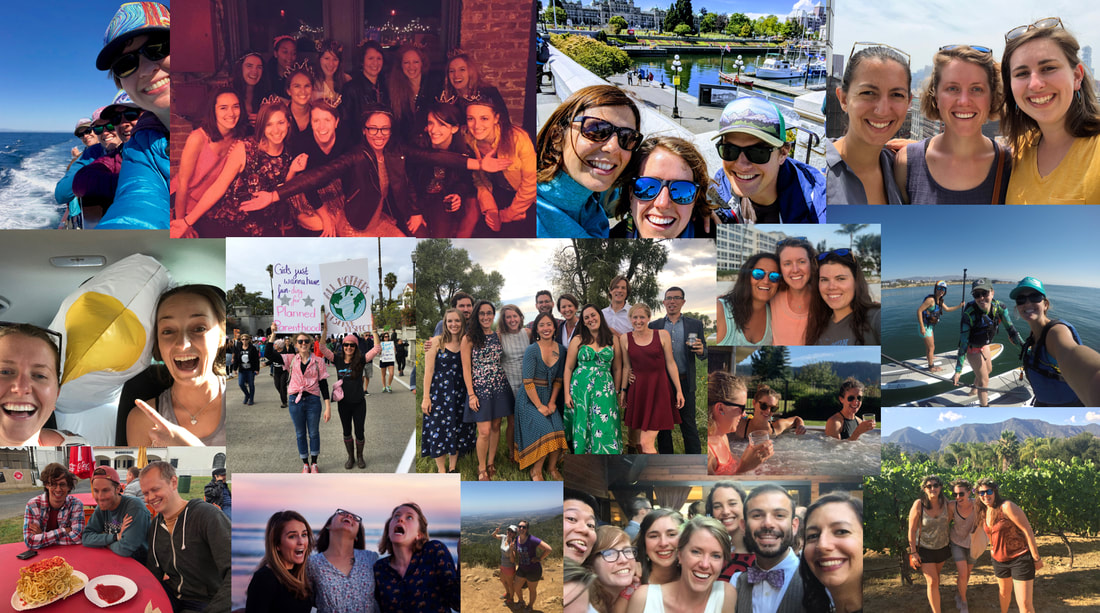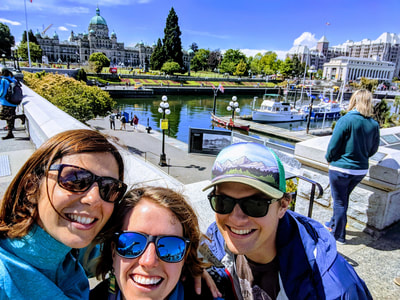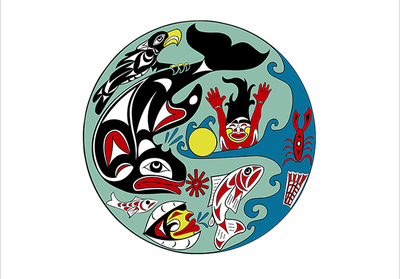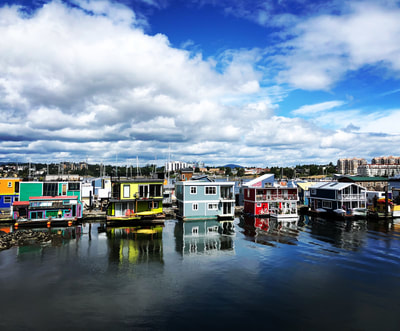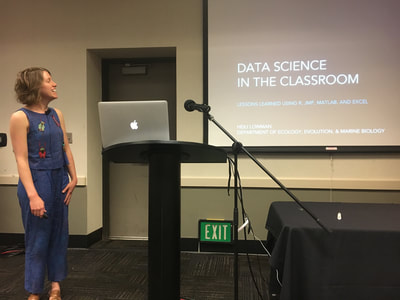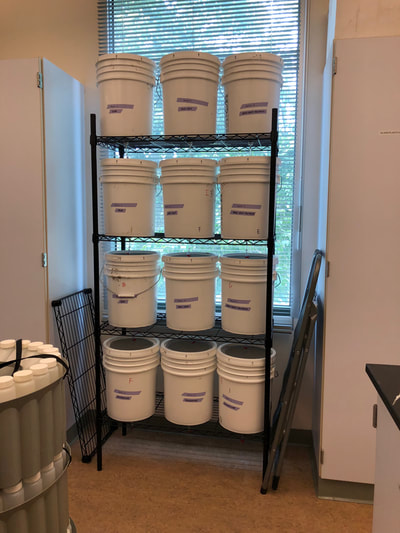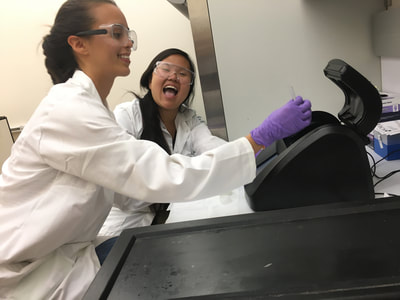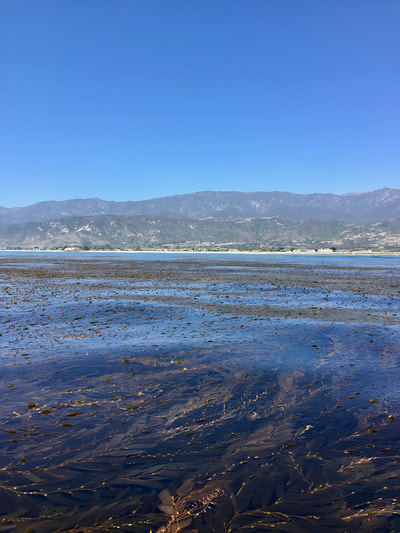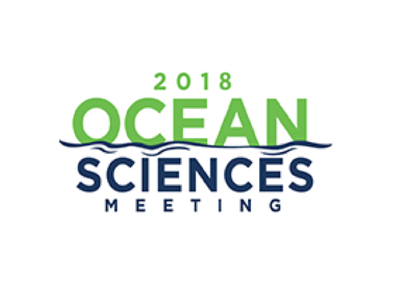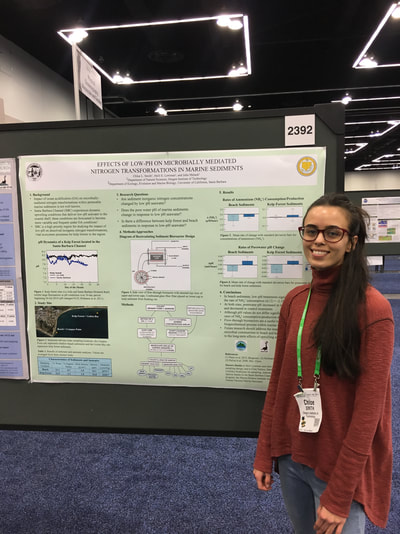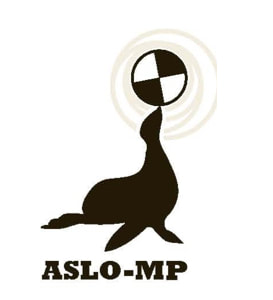|
In May, I successfully defended my dissertation (setup below) to a virtual audience of family, friends, faculty, and former students (and a live audience of two cats and one husband). I am so grateful to everyone for all of their support and encouragement, and special thanks to John Melack who first provided me with this opportunity and has consistently been my advocate and my mentor. Throughout my degree, I had the support of a tremendous group of friends and family in Santa Barbara and all over the country. I found an incredible community at UCSB, and I am so grateful for all of the friendships and adventures I couldn’t have even begun to envision five years ago. Thank you everyone!
It was a busy summer spent finishing up the field and lab portions of my last dissertation chapter! I collected cores from the nearby Goleta Slough and members of the SBC LTER collected cores from nearby kelp forests for use in my sediment bioreactor setup. If you're interested in learning more about my findings, I'll be presenting the results of this project at the upcoming 2020 Ocean Sciences Meeting.
Last week, Katherine Le graduated from the University of California, Santa Barbara with a B.S. in Biological Sciences and a minor in Earth Science. With generous support from the Worster Award, she completed and presented an independent project examining the contribution of zooplankton excretion to giant kelp forest nutrient budgets. She has been an invaluable member of our laboratory group for the past few years, contributing to numerous dissertation and summer REU projects, and she will be greatly missed. However, she's already embarked on her next adventure! Just a few days after graduating, she flew cross-country to start her new position as the Environmental Data Initiative Fellow at the Lacawac Sanctuary and Biological Field Station. Congratulations Katherine!!
Each year, I compile a list of resources (listservs, jobs, etc.) for my students to help them get a jump start on the summer. Check out the most recent version now posted to my Teaching page.
The past few months have been packed with field and laboratory work, and it would not have been possible without the help of my student assistants, Katherine Le and Elena Staguhn.
Elena is an undergraduate student at the University of Maryland who joined our lab this summer as a recipient of the SBC LTER National Science Foundation Research Experiences for Undergraduates grant. She completed her own independent project examining the effects of debris deposited on Goleta Beach on nearshore marine sediment processes, and she presented her work at the Ocean Change Biology REU symposium at the close of the summer. In other exciting news, Katherine received the UCSB Worster Award, which is currently funding her independent project investigating zooplankton excretion in kelp forest canopies. More on her work to come! A few weeks ago, I attended the ASLO Summer Meeting in Victoria, British Columbia with the Melack/MacIntyre lab family (that's us in the first photo!!). It was a whirlwind of talks, posters, and plenaries, and I presented my research examining lignin phenols as biomarkers of terrestrial organic matter in Santa Barbara Channel marine sediments. I had the opportunity to meet researchers from all around the globe as well as several current lab collaborators and fellow early career scientists. Now, I'm back in Santa Barbara and hard at work prepping for August field work and experiments. More on that soon!
It has been a busy spring quarter filled with lots of teaching, new projects, and prepping for summer work! I was recently invited to present on struggles and strategies relating to using data science in the classroom at the UCSB Graduate Student Teaching Symposium. The conference was a great opportunity to meet fellow educators, and I enjoyed hearing others' ideas for encouraging student engagement and knowledge retention across disciplines.
One of my students, Lila, has begun work on her independent project examining beach hopper excretion in sandy beach sediments. The project is a close collaboration with Kyle Emery, another EEMB graduate student, and we cannot wait to have results in just a few short weeks! Another of my students, Katherine, was recently awarded the Worster Award which provides summer funding for an undergraduate student to perform research under the mentorship of an EEMB graduate student. She will be continuing a project examining zooplankton in local kelp forest canopies and is already busy planning her field work. Congratulations Katherine!! I will be attending the ASLO Summer Meeting in Victoria, British Columbia in early June and presenting part of my dissertation research in Session #11 - The Biogeochemistry of Organic Matter: Cutting Across Ecosystem Boundaries and Aquatic Gradients. More details on that and summer plans coming soon... I am excited to announce that my application for emergency funding from the UCSB Associated Students Coastal Fund was recently approved. I will be using this grant to study the effects of the sediment deposited on Goleta Beach following the Montecito debris flow in January. Stay tuned for updates on the project, which will involve several collaborators and a fantastic team of undergraduates! If you'd like to learn more about the disposal of debris or current water quality at Goleta Beach, follow the links below.
Last week, Chloe Smith (REU 2017) attended the Ocean Sciences Meeting in Portland, Oregon to present her independent research examining the effects of low pH seawater on sediment microbial processes. As a member of the Hampton Scholar cohort, she was mentored by Karen Casciotti and Jonathan Zehr and had the opportunity to spend the week learning about new research and meet other budding aquatic scientists. This was Chloe's first scientific conference, and she is looking forward to many more!
|
AuthorI am a Postdoctoral Associate in the Department of Biology at Duke University. Archives
February 2024
Categories
All
|
